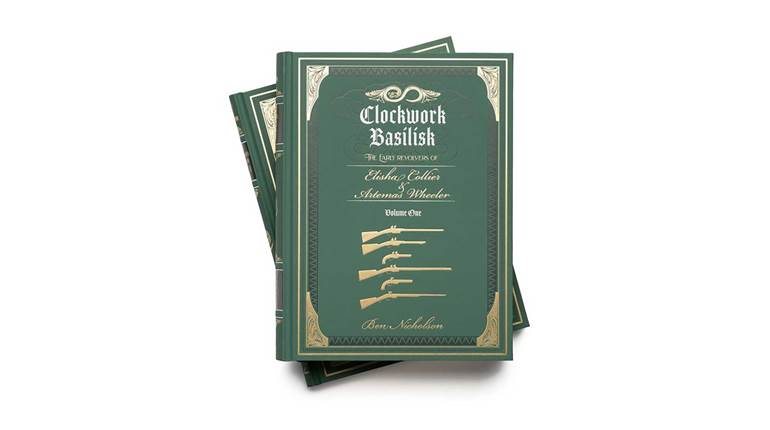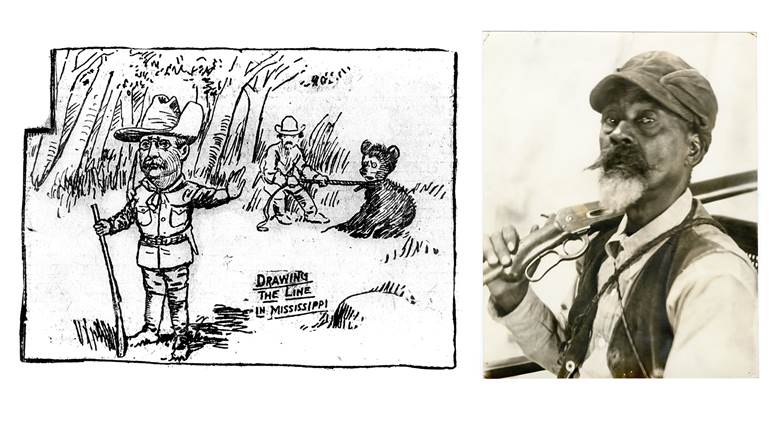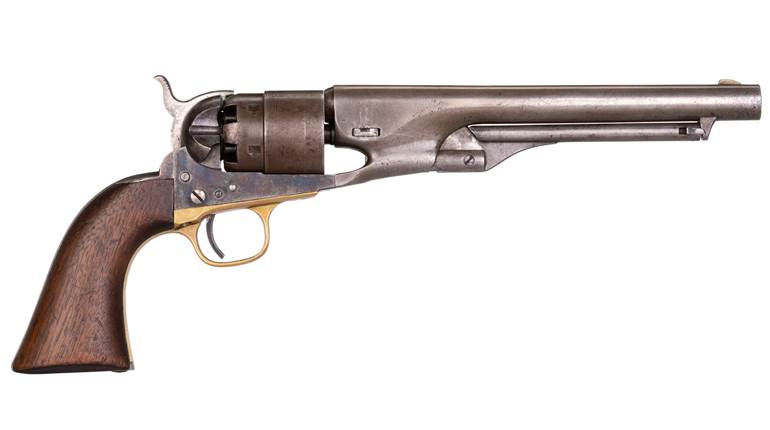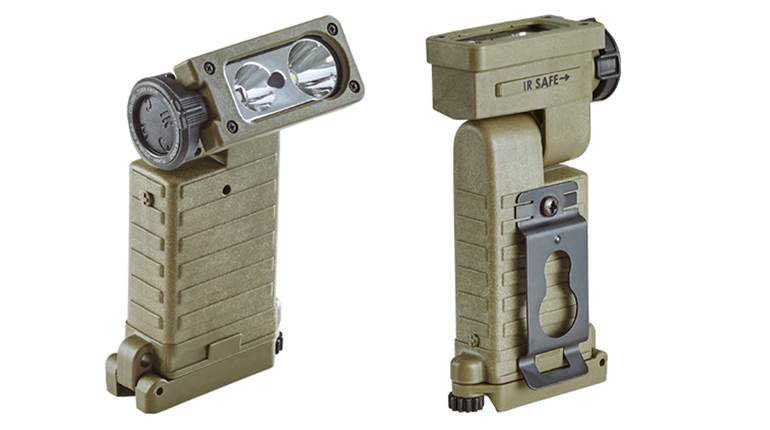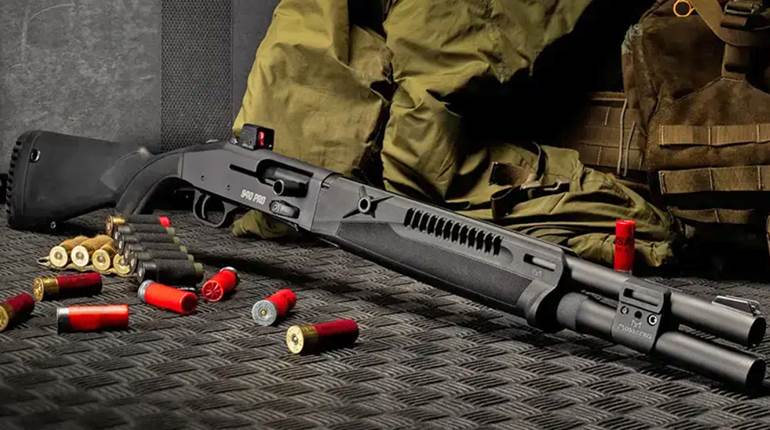
7/27/2012
In June, the National Firearms Museum opened its newest exhibit, “Theodore Roosevelt: Trappings of an Icon.” The exhibit features more than 100 original artifacts from Theodore Roosevelt’s home, Sagamore Hill.
On the north shore of Long Island Sound, not far from the hustle of Manhattan, a prominent hill overlooks Oyster Bay. In the 1660s the area was occupied by Sagamore Mohannis, chief of the Matinecock Tribe. In 1883, Theodore Roosevelt, then a New York assemblyman, bought 95 acres of this land and planned to name the home he was going to build there, Leeholm, after his wife Alice Hathaway Lee.
But before the house could be completed, tragedy struck at the Roosevelt home on 57th Street in New York City. On Valentine’s Day, 1884, Theodore Roosevelt’s mother died followed a few hours later by his beloved wife Alice Lee. Recording the day’s events he simply placed a large black X in his diary and wrote, “The light has gone out of my life.”
The house in Oyster Bay would remain unfinished for some time as Roosevelt went west to collect himself. He tried his hand at running two ranches and spent his time hunting bears, buffalo and antelope. He returned to New York to write Hunting Trips of a Ranchman. In December 1886, he married a childhood friend, Edith Kermit Carow, and moved into the now-finished home he named Sagamore Hill.
The Roosevelts would raise six children at Sagamore Hill. Their eldest son, Gen. Theodore Roosevelt, Jr., built his family home a few hundred yards away from his parents’ house on the same property. In January 1919, Theodore Roosevelt passed away at the home. His wife followed him in death there as well in 1948. The home was purchased by the Theodore Roosevelt Ass’n in 1950 and donated to the National Park Service in 1963 when it was named Sagamore Hill National Historic Site.
In December 2011, the National Park Service closed the house so that it could undergo a three- year, $6 million renovation aimed at bringing the 127-year-old home up to modern standards, enabling the preservation of the nearly 10,000 artifacts for generations to come. (The Old Orchard home of Theodore Roosevelt, Jr., remains open and offers a great collection of exhibits for the general public to view).
The National Firearms Museum was fortunate to be asked by the National Park Service to care for and display more than 100 items from the house so that the general public could still see important artifacts from this Bull Moose of a man, who was also an NRA Life member. Fourteen firearms from TR’s collection were included in this historic loan.
NRA’s National Firearms Museum was established in 1935 and today contains nearly 6,000 firearms, more than half of which are on public exhibit in the museum in Fairfax, Va. The current museum opened in 1998 and contains 15 exhibit galleries and more than 85 individual exhibit cases. The Beretta Gallery of the museum was designed to emulate the library of Theodore Roosevelt’s Sagamore Hill on a nearly one-to-one scale. The museum will add the loaned artifacts from the NPS that came from TR’s library to our own copy of the same room, as well as a few items from the other 22 rooms of the house. The exhibit will showcase three themes from TR’s life: Hunter, soldier and statesman.
Hunter
TR’s first hunting trip out West occurred in 1883 when he shot a bison. He returned to the Badlands of North Dakota to his ranch after the death of his wife Alice Lee in 1884. It was late that summer when he encountered “Old Ephraim” a gigantic grizzly bear. He wrote in Hunting Trips of a Ranchman: “[T]here, not ten steps off, was the great bear, slowly rising from his bed among the young spruces. He had heard us, but apparently hardly knew exactly where or what we were, for he reared up on his haunches sideways to us. Then he saw us and dropped down again on all fours, the shaggy hair on his neck and shoulders seeming to bristle as he turned toward us. As he sank down on his forefeet I had raised the rifle; his head was bent slightly down, and when I saw the top of the white bead fairly between his small, glittering, evil eyes, I pulled the trigger. Half-rising up, the huge beast fell over on his side in the death throes, the ball having gone into his brain, striking as fairly between the eyes as if the distance had been measured by a carpenter’s rule.
“The whole thing was over in twenty seconds from the time I caught sight of the game; indeed, it was over so quickly that the grizzly did not have time to show fight at all or come a step toward us. It was the first I had ever seen, and I felt not a little proud, as I stood over the great brindled bulk, which lay stretched out at length in the cool shade of the evergreens. He was a monstrous fellow, much larger than any I have seen since, whether alive or brought in dead by the hunters. As near as we could estimate (for of course we had nothing with which to weigh more than very small portions) he must have weighed about twelve hundred pounds … .”
“Old Ephraim” was preserved for posterity with a plaster cast of his massive paw—one of the artifacts now on exhibit. Other trophies on exhibit from his many hunting trips include two of the nine lions he shot during his African safari of 1909-1910 as well as rhino foot and hippo foot inkwells from the safari.
During TR’s year-long safari in Africa, he and his son Kermit tallied 512 game animals, and the entire hunting party collected a total of nearly 5,000 specimens ranging from elephants to field mice. The expedition was sponsored by the Smithsonian Institution’s National Museum of Natural History and funded by Andrew Carnegie. Today the museum’s Kenneth E. Behring Family Hall of Mammals still displays many of the specimens taken on that historic safari.
In African Game Trails, TR wrote about the volume of animals collected, stating: “Kermit and I kept about a dozen trophies for ourselves; otherwise we shot nothing that was not used either as a museum specimen or for meat—usually for both purposes. We were in hunting grounds practically as good as any that have ever existed; but we did not kill a tenth, nor a hundredth part of what we might have killed had we been willing. The mere size of the bag indicates little as to a man’s prowess as a hunter, and almost nothing as to the interest or value of his achievement.”
Soldier
In April 1898, following a declaration of war between the United States and the Spain, Roosevelt resigned as assistant secretary of the Navy in President William McKinley’s cabinet to assume a lieutenant colonelcy in the 1st U.S. Volunteer Cavalry, popularly known as “Roosevelt’s Rough Riders.” On July 1st, 1898, his Rough Riders stormed Kettle Hill and then San Juan Hill in what Roosevelt would call “my crowded hour.” Roosevelt’s Stetson, M1872 Cavalry Officer’s Sword and the regimental standard of the Rough Riders are on display along with the recently donated .30-40 Krag Model 1895 Gatling Gun from the Robert E. Petersen collection that provided the Rough Riders with covering fire during their ascent. In 2001, TR was awarded the Medal of Honor for his actions that day in Cuba.
Statesman
In November 1898, Roosevelt was elected the 33rd governor of New York. On Nov. 6, 1900, he was elected the 25th vice president of the United States and on Sept. 14, 1901, he succeeded to the Presidency, following the death by assassination of William McKinley. Only 42 years old at the time, he is still the youngest man to ever hold the office.
From 1902 to 1908, Sagamore Hill became the summer White House, with the library serving as his “oval office.” It was from the library in the summer of 1905 that TR, using back channel negotiations, persuaded diplomats from Russia and Japan to end the Russo-Japanese War with the signing of the Portsmouth Treaty. He was awarded the Nobel Prize for Peace in 1906 for his efforts. His desk, chair, pen, inkwells and other assorted memorabilia will be carefully displayed exactly as they were during his presidency.
The National Firearms Museum is proud and honored to be chosen by the National Park Service to share these trappings of an iconic hunter, soldier and statesman with the public for the next two years. For more information go to www.nramuseum.org or call (703) 267-1600.












